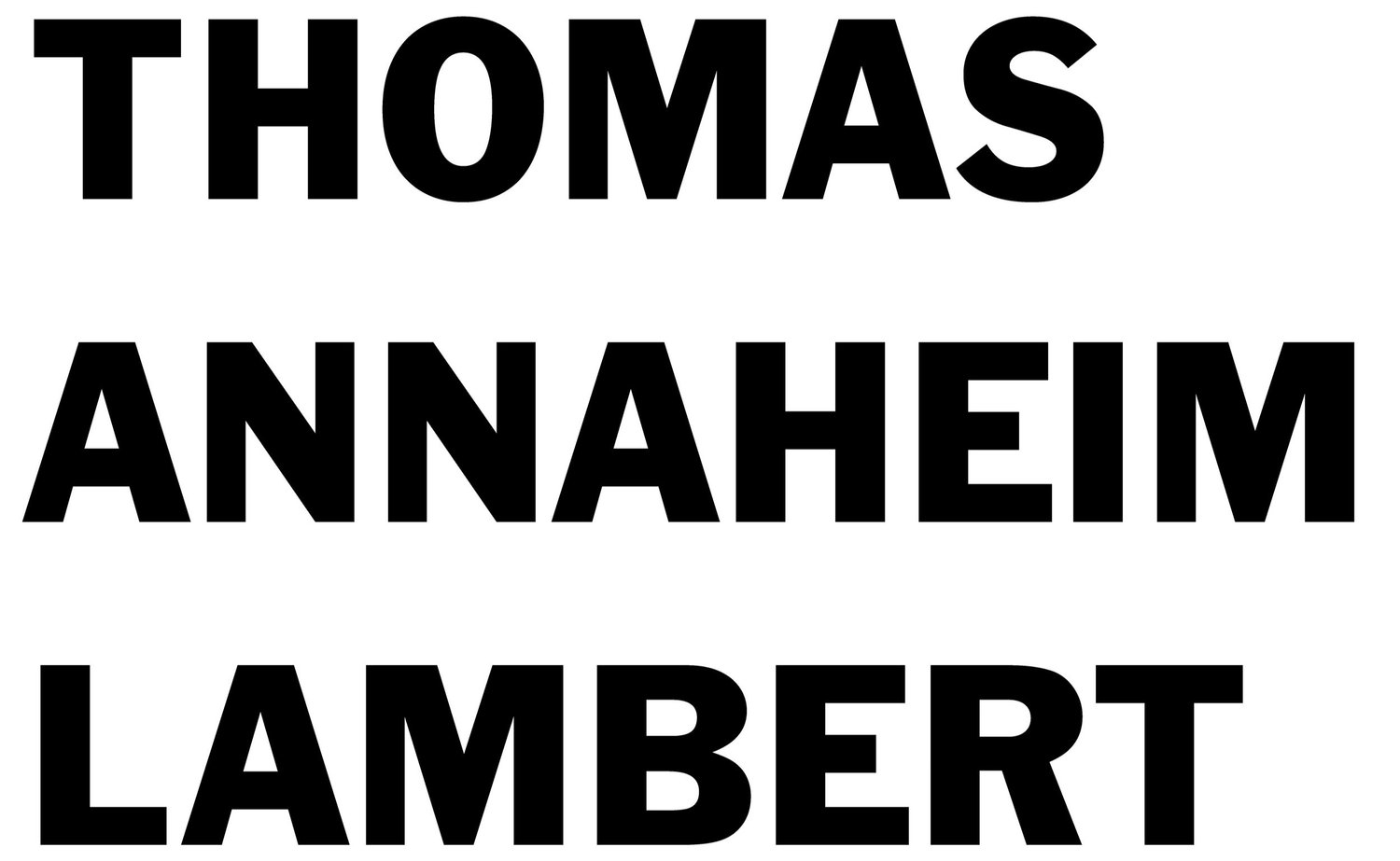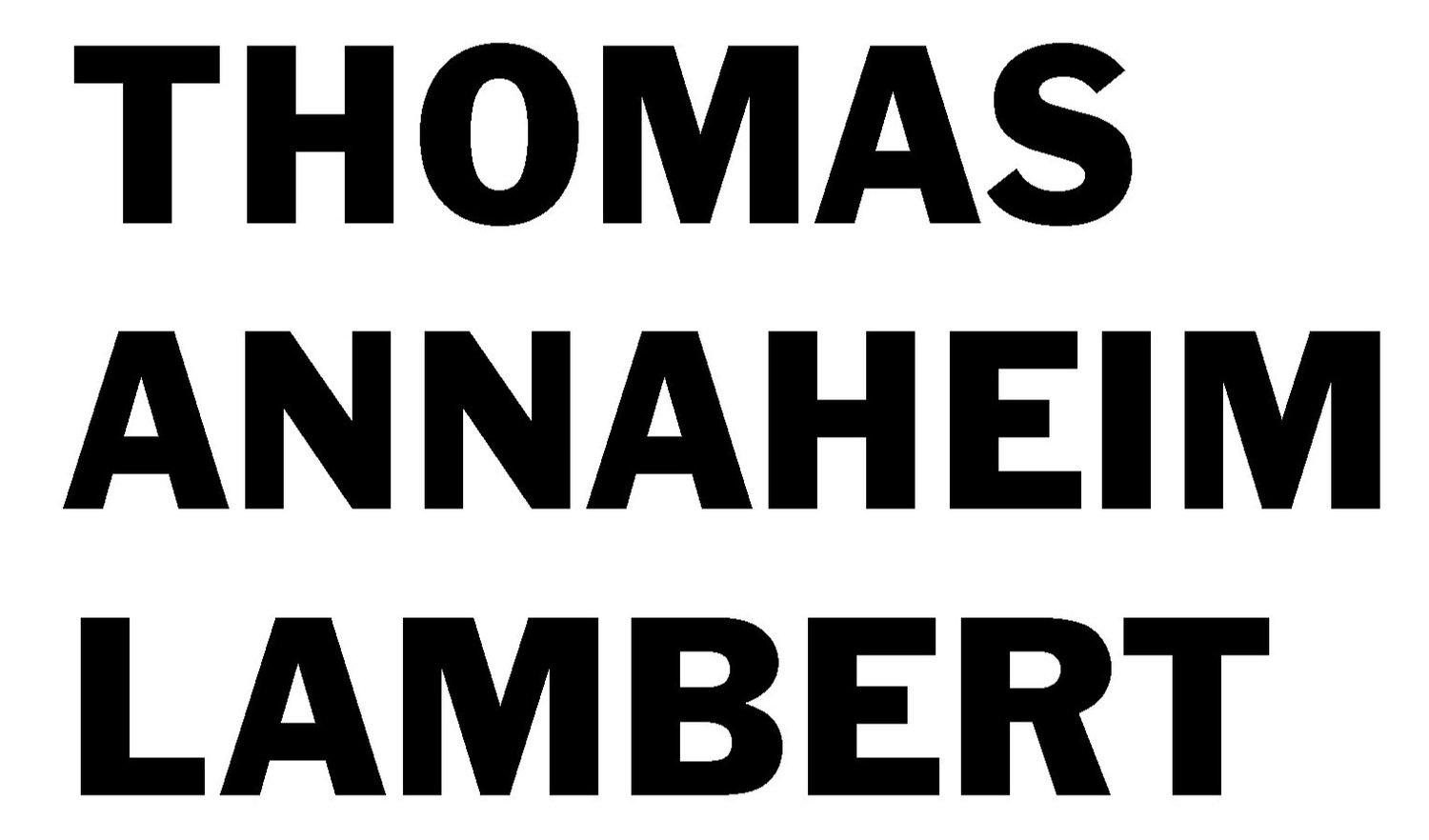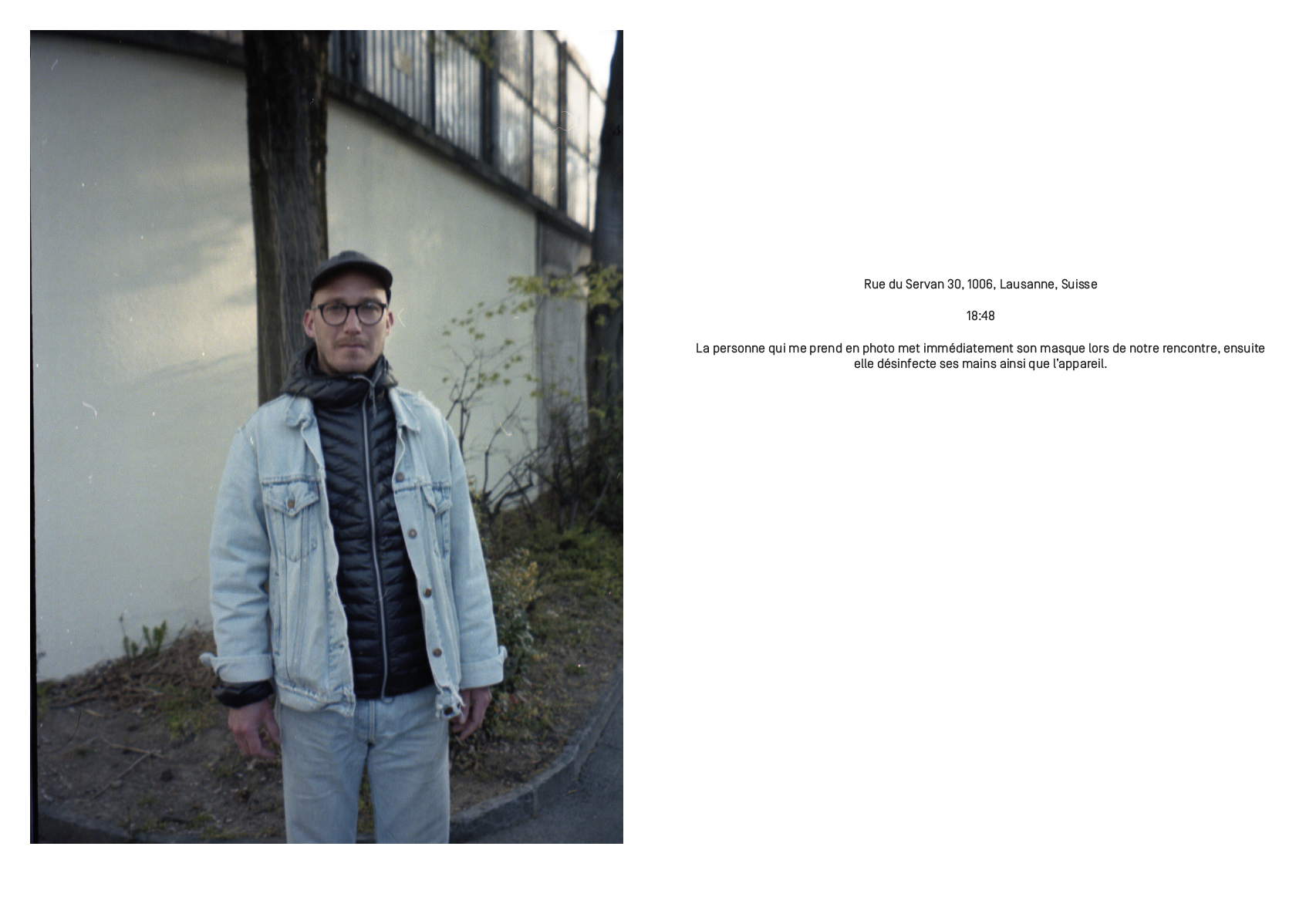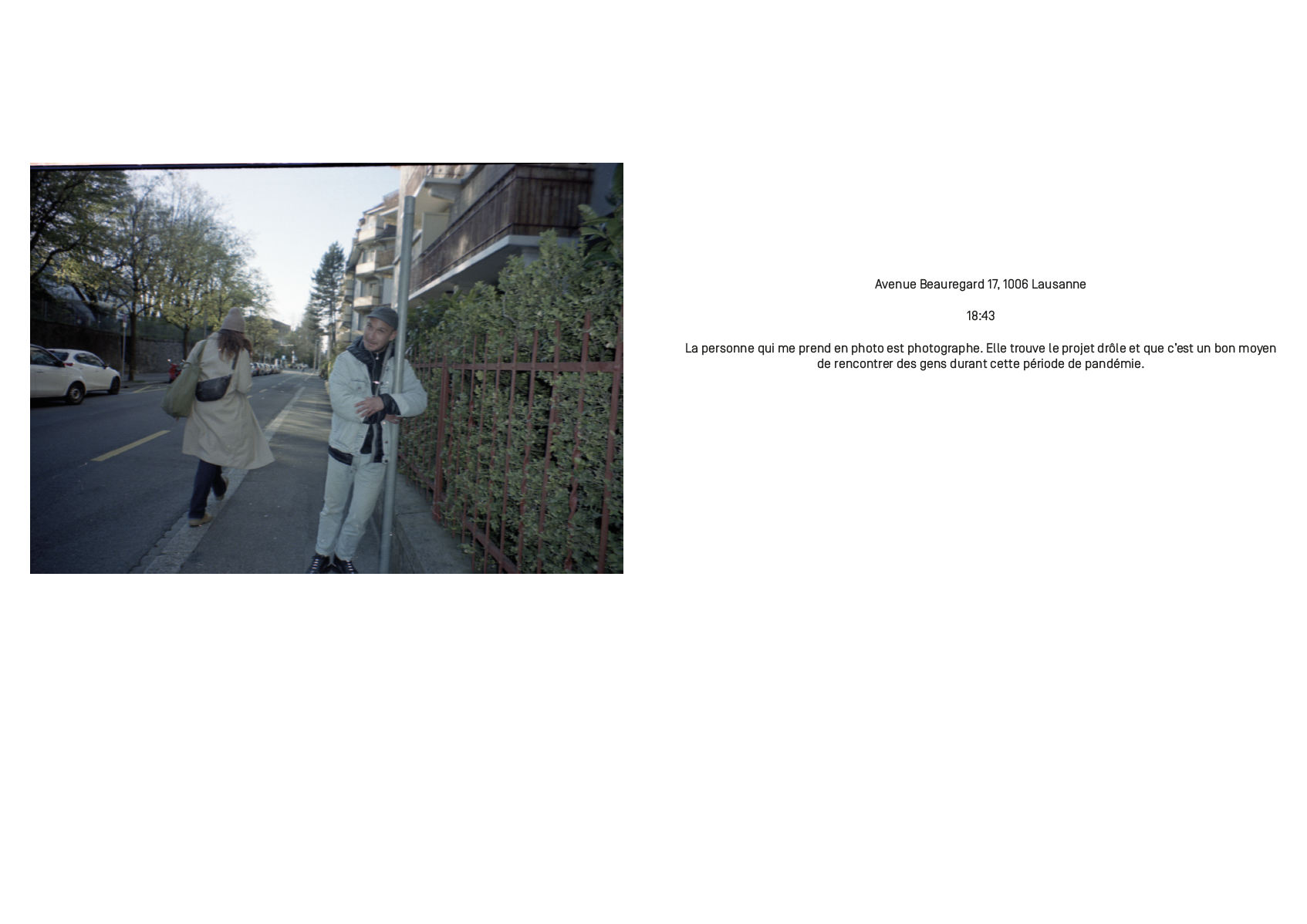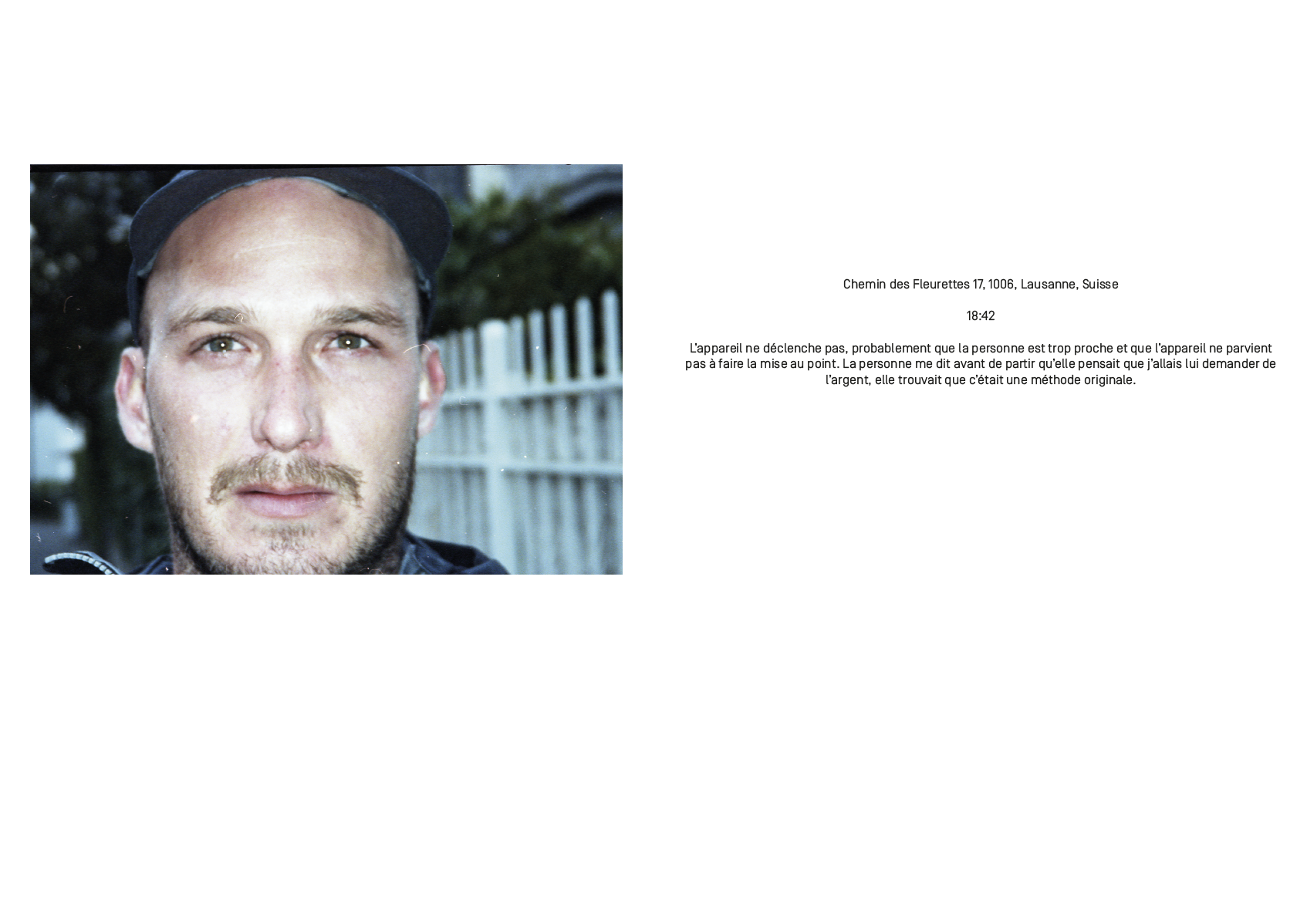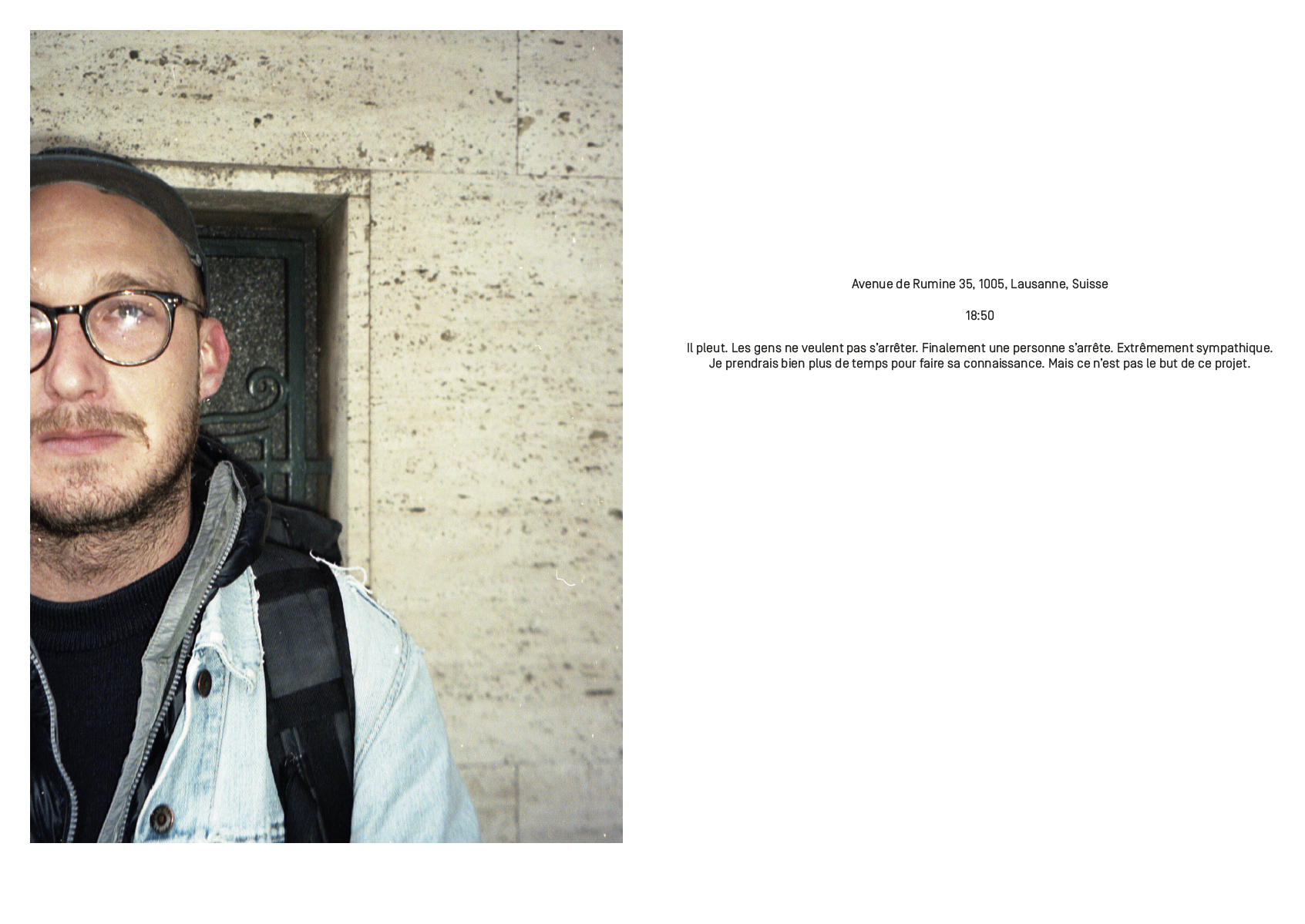Protocole
2021
1. A 18h30, quittez votre domicile ou le lieu où vous vous trouvez. Si ce n'est pas possible, par exemple en cas de rendez-vous important, reportez l'action après le rendez-vous. S'il est possible d'interrompre l'activité ou le rendez-vous en cours, cette option est préférable. Vous serez de retour dans 30 minutes au maximum.
2. Lorsque la porte d'entrée du lieu que vous quittez s'ouvre, lancez un compte à rebours de 10 minutes (sur votre téléphone, par exemple).
3. Marchez dans une direction aléatoire d'un pas rapide, ne réfléchissez pas à la direction à prendre, mais suivez plutôt votre "instinct". Si vous avez du mal à suivre votre instinct, ce n'est pas grave, courez pour vous libérer de la pensée.
4. Lorsque le compte à rebours retentit, arrêtez-vous sur place. Si vous êtes sur une route, il est préférable de rejoindre le trottoir. Si vous avez couru, prenez le temps de reprendre votre souffle.
5. Relevez les coordonnées GPS du lieu. Par exemple, en plaçant un point de repère sur Google Map ou, plus simplement, en prenant une photo avec votre téléphone portable (attention, la géolocalisation doit être activée). Il n'est pas certain que cette information soit un jour utile, mais autant la garder quelque part.
6. Sortez votre appareil photo (j'utilise un Olympus MJU III avec un film couleur 36 poses) mais il est tout à fait possible d'utiliser votre téléphone portable*.
7. Arrêtez la première personne qui s'approche de vous et demandez-lui de vous prendre en photo. Si elle refuse, demandez à quelqu'un d'autre d'accepter.
8. En fonction des conditions de luminosité, activez ou non le flash. Expliquez le fonctionnement du zoom et du déclencheur. La personne est libre de photographier ce qu'elle veut à la longueur focale souhaitée.
9. Notez l'heure de la prise de vue.
10. Remerciez la personne.
11. Rentrer chez vous.
12. Répétez l'action jusqu'à ce que le film soit épuisé.
13. Si vous le souhaitez, vous pouvez rassembler les informations recueillies au cours de ce processus et les mettre en page (par exemple, dans un fanzine) qui réunira ces informations et les images en question.
* Si vous avez choisi d'utiliser votre téléphone portable plutôt qu'un appareil photo et que vous n'êtes pas à l'aise pour prêter votre téléphone, vous pouvez demander à la personne de prendre une image avec son propre téléphone. Vous photographiez alors l'écran de la personne que vous rencontrez. Cette option a aussi son charme car elle permet à la personne qui prend la photo de garder un souvenir de ce moment.
1. At 18:30, leave your home or the place where you are. If this is not possible, e.g. in the case of an important appointment, postpone the action until after the appointment. If it is possible to interrupt the current activity or appointment, this option is preferable. You will be back in maximum 30 minutes.
2. When the entrance door of the place you are leaving opens, start a 10-minute countdown (on your phone, for example).
3. Walk in a random direction with a quick step, don't think about where to go but rather go by "instinct". If you find it difficult to follow your instincts, it's okay, just run to free yourself from thinking.
4. When the countdown clock sounds, stop in place. If you are on a road it is best to get to the pavement. If you have been running, take time to catch your breath.
5. Take the GPS coordinates of the place. For example, by putting a landmark on Google Map or, more simply, by taking a picture with your mobile phone (note that geolocation must be activated). It is not certain that this information will ever be useful, but you might as well keep it somewhere.
6. Take out your camera (I'll be using an Olympus MJU III with 36 exposure colour film) but it is perfectly possible to use your mobile phone*.
7. Stop the first person who comes up to you and ask him/her to take your picture. If they refuse, ask until someone else agrees.
8. Depending on the light conditions, activate or not the flash. Explain how the zoom and shutter release work. The person is free to photograph what he/she likes at the desired focal length.
9. Note down the time of shooting.
10. Thank the person.
11. Go home.
12. Repeat the action until the film runs out.
13. If you wish, you can gather the information gathered in this process and put it into a layout (e.g. a fanzine) which would bring together this information with the images in question.
* If you have chosen to use your mobile phone rather than a film camera and are not comfortable lending your phone, you can ask the person to take an image with their own phone. You then photograph the screen of the person you are meeting. This option also has its charm because it allows the person taking the picture to keep a souvenir of the moment.
